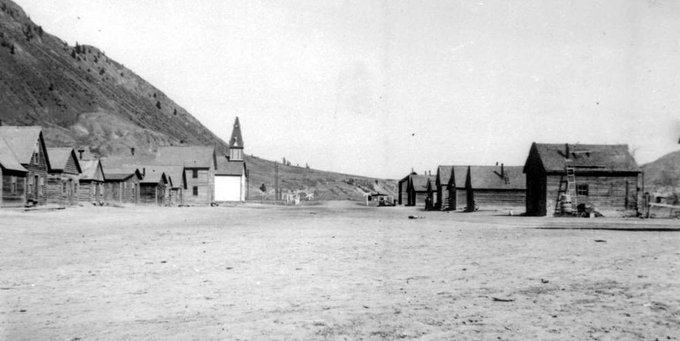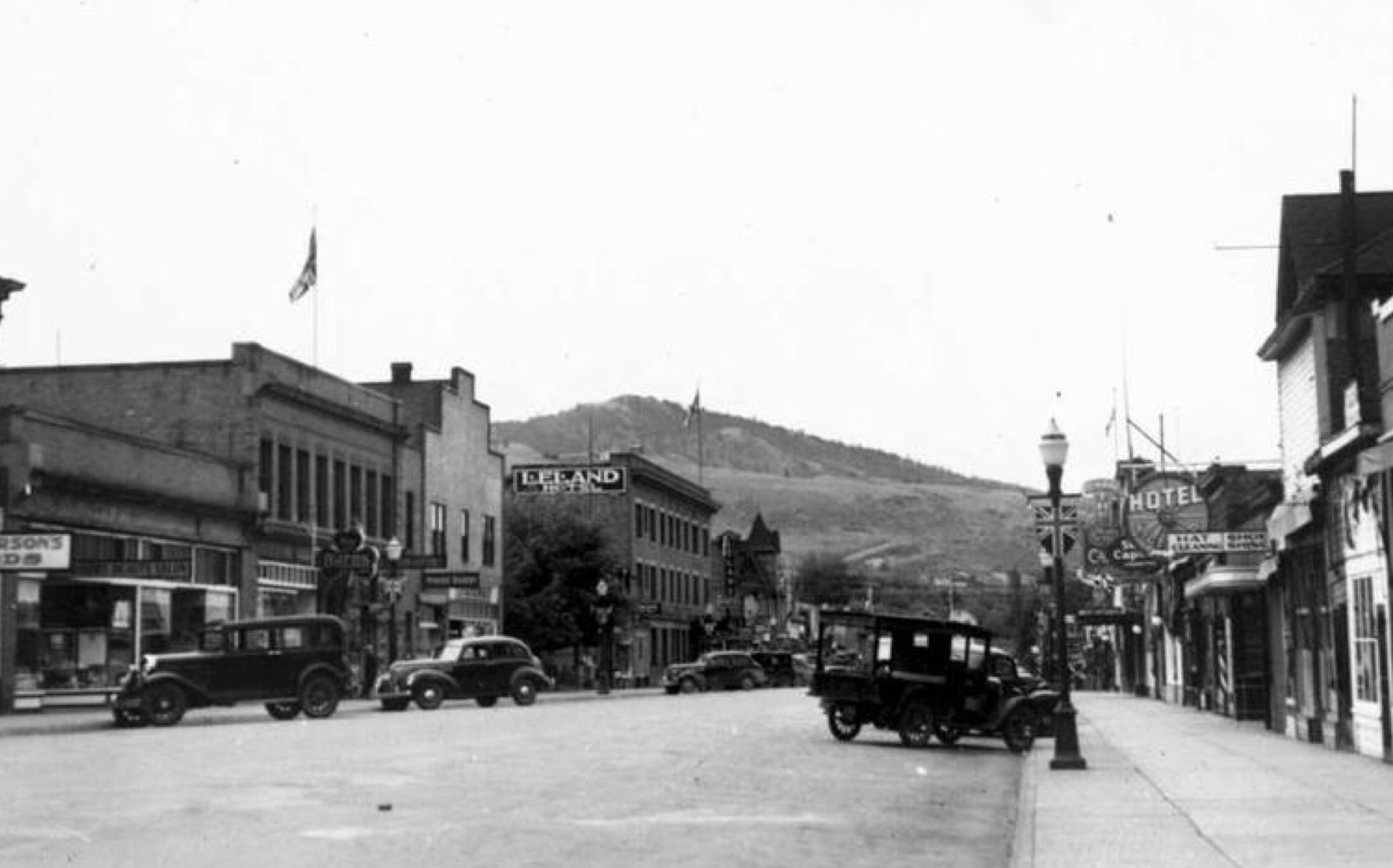In May, news from Tk’emlups te Secwepemc that a large unmarked burial place had been identified at the site of the Kamloops Indian Residential School (IRS) flooded Indigenous communities across Canada with grief and remembrance surrounding their histories with IRS system, and prodded many Canadians into a belated awareness of how truly horrifying those institutions were.
For many, the reality of the IRS experience was made concrete by the vivid CSI-style evidence collected by Tk’emlups, in a way that personal accounts of survivors, and the findings of the Truth and Reconciliation Commission of Canada—with its 6,750 witnesses and 1,355 hours of testimony—somehow did not.
This situation, in which Canadians don’t fully believe Indigenous peoples’ accounts of history until western scientists and historians “confirm” Indigenous knowledge, is a massive, frustrating, and nearly impenetrable barrier to actual reconciliation in this country.
It springs from a deeply racist well that, among other things, assumes Indigenous knowledge is tenuous, vague, and somehow unscientific. It assumes that Indigenous peoples lack the historical consciousness required to document, remember, and pass on past events. It confuses oral histories with mythology. And it implies that non-Indigenous peoples (primarily those of European descent) possess some sort of magical objectivity that allows us to give the only true, neutral accounts of the world around us.
Left, Kamloops Indian Reserve 1, right, downtown Kamloops, both 1939. Kamloops Museum and Archives photos
All this has allowed Canadians to maintain a skepticism of what Indigenous peoples have suffered through colonialism, and has protected us from the truth of our role in it. We have a void in our historical understanding because we have not been shown enough “hard evidence”.
Archaeology has long been used to provide this evidence. Every day in BC, and across Canada, archaeologists document the remains of Indigenous pasts, using the tools of western science to confirm exactly what Indigenous peoples have told us about their land use and occupation.
Ground penetrating radar (GPR), used at Tk’emlups recently to identify the unmarked graves of 215 children forced to attend the church-run, government-funded residential school, is one such tool. GPR works by sensing soil anomalies created by disturbances like digging or burying things. It’s not an x-ray—it can’t “see” bones. When identifying burials, it detects the voids left by turning over soil, indicating the presence of the grave shaft rather than the contents of the grave. While other remote sensing tools may help refine the preliminary evidence, ultimately there is only one way to know with certainty what lies beneath: digging it up.
GPR wasn’t the only data used at Tk’emlups. Here, the researchers’ most important source of information came from survivors themselves. Given the reprehensible failure of the Catholic order who ran the schools to produce records of the deaths, and the impotence of the Canadian government to compel them to do so, survivors’ accounts are the main data on the fates of children disappeared by Canada’s residential school system. It was their knowledge of what happened to them that guided this research—as it should be for any subsequent work here or elsewhere.
In a both a physical and a figurative sense, the work at Tk’emlups is probing the voids of our collective historical understanding. It has revealed a yawning gap between how Indigenous peoples have experienced settler colonialism, and how Canadians see it.
The work that comes now will be heavy indeed. Secwepemc and other Indigenous communities in BC will decide how best to bring peace to survivors and families, and will require Canada’s and BC’s support to follow through. Indigenous communities across the country will face the same decisions as they confront what lies beneath the grounds of other residential schools.
Canadians, as individuals, governments, corporations, universities, and school boards, will need to face the void in history that colonialism has nurtured. That means honestly examining our relationships to the Indigenous nations whose territories we occupy, educating ourselves and each other about the history we’ve denied. The only way to know for sure what’s there is to dig it up.



